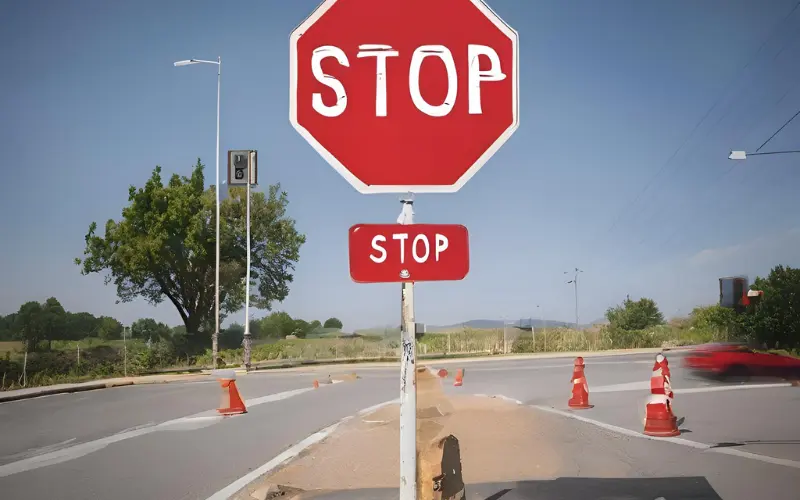The stop sign is a common yet critical element in road safety. It plays a key role in guiding drivers and pedestrians, ensuring a smooth flow of traffic while preventing accidents. This article explores the significance of stop signs, their proper usage, and the rules associated with them.
What is a Stop Sign?
A stop sign is a traffic control device that indicates a requirement for vehicles to come to a complete halt. It features an octagonal red background with the word “STOP” written in white. Stop signs are placed at intersections and crossings where the right of way is not immediately clear.
Importance of Stop Signs
Enhancing Road Safety
Stop signs are primarily used to prevent collisions by controlling the flow of traffic. When drivers obey the stop sign, they reduce the risk of accidents at intersections, where two or more roads meet.
Regulating Traffic
Stop signs help in managing traffic flow, especially in areas where traffic lights are not available. They create a predictable driving environment, allowing drivers to anticipate when to stop and proceed.
Protecting Pedestrians
Stop signs also play a crucial role in pedestrian safety. At crossings, they ensure that vehicles stop, giving pedestrians a chance to safely cross the road.
Proper Use of Stop Signs
Coming to a Complete Stop
Drivers must come to a complete stop at a stop sign, regardless of whether other vehicles are present. A “rolling stop” is not allowed and can lead to fines or penalties.
Right of Way
After stopping, the driver must assess the situation and yield the right of way to any vehicles or pedestrians. Typically, the first vehicle to stop at the intersection has the right of way. If two vehicles arrive at the same time, the vehicle on the right goes first.
Observing All-Way Stop Signs
In cases where an all-way stop sign is present, each driver must stop and proceed in the order of arrival. Drivers must communicate through hand signals or eye contact to avoid confusion.
Common Violations and Risks
Rolling Stops
One of the most common violations is the rolling stop, where a driver slows down but does not come to a complete halt. This increases the risk of accidents and can result in tickets.
Failure to Yield
Some drivers may not properly yield the right of way, which can cause confusion and collisions, particularly at busy intersections.
Conclusion
In summary, stop signs are a fundamental part of road safety. By ensuring vehicles come to a complete halt and yielding the right of way, stop signs help to regulate traffic and protect pedestrians. Obeying stop signs is essential for reducing the risk of accidents and creating a safer driving environment for everyone.




